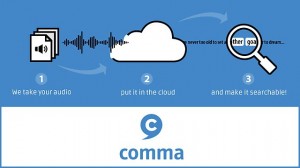Pirate Radio: two downloadable manuals
From the webpage:
Two terrific manuals on Pirate Radio available for free download: The Complete Manual of Pirate Radio, by Zeke Teflon, has technical information on building a radio – including wiring diagrams, mobile operations, parts, testing and getting away with it. Seizing the Airwaves from AK Press, edited by Ron Sakolsky and Stephen Dunifer, provides some great context for Pirate Radio, including historic pirate radio stations, the fable of free speech, community radio, what to do when the FCC come knocking, and a lot more (209 pages of it!).
“Seizing the Airwaves” (219 pages) was published in 1998 and I suspect “The Complete Manual of Pirate Radio” is the older of the two because it mentions tubes in transmitters, cassette tapes and the ARRL Handbook costing $20. (It’s now $49.95.)
These two works are intersting historical artifacts in the Internet Age but a new copy of the ARRL Handbook (2019), is an entirely different story.
It was just a day or two ago that I wrote about wirelessly seizing of control of construction equipment in Who Needs a Hellfire™ Missile When You Have a Crane?.
The airways are full of unseen but hackable data streams. How do emergency and government services communicate? What do monitors emit? WiFi is just one channel waiting for your arrival. Not to mention that the ability to access those streams means you can also interfere with or mimic messages on them.
Check out the AARL’s What’s New page for products to expand or support of your hacking skills beyond cable.
